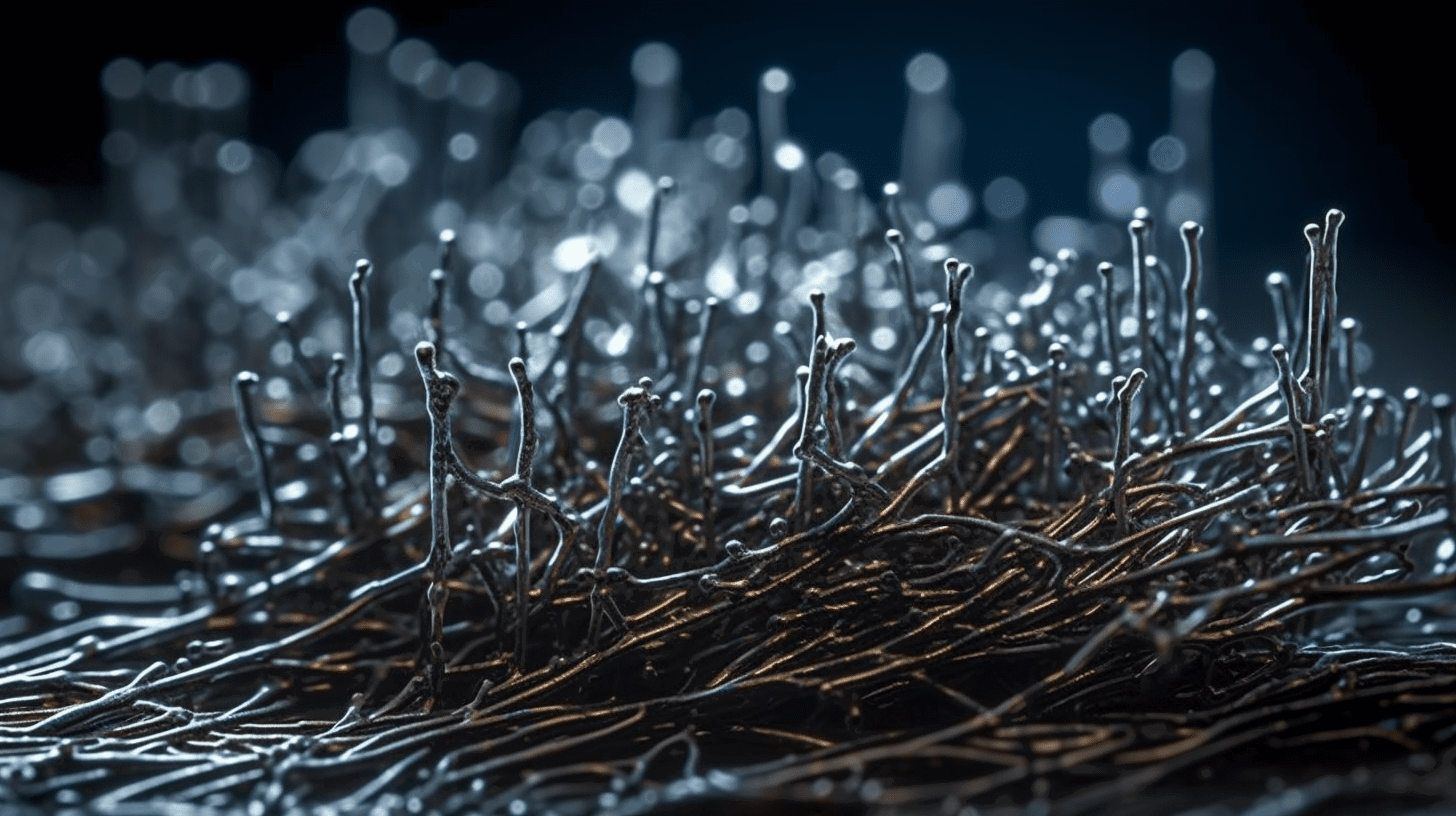Silver Nanowires

Silver nanowires are one-dimensional structures characterized by a diameter normally less than 100 nm and a length in the micrometer range. They are very intensively investigated in the field of nanotechnologies due to their peculiar physical, chemical, and electronic properties. The common approaches to preparing silver nanowires are template-assisted synthesis, electrochemical deposition, and solution-phase synthesis.
The Potential of Silver Nanowires
One of the most promising applications of AgNWs is to obtain a transparent conductive film. TCFs are used for devices that include not only touch panels, solar cells, and light-emitting diodes but also much more. The material usually used for TCFs has some drawbacks: brittleness and high expense. Meanwhile, silver nanowires are the opposite: flexible and low-cost, with much higher conductivity.
Besides, they easily make depositions on a substrate to form a continuous conductive layer.
Applications of silver nanowires are not restricted to electronics and optics; they also have much potential in catalysis, sensing, and biomedical engineering. For example, they can be utilized as an efficient catalyst for various kinds of reactions, such as the reduction of nitro compounds and oxidation of alcohols. Again, they can be functionalized with different ligands or biomolecules to develop biosensors for the detection of biological analytes.
There are also, however, associated challenges to the use of silver nanowires, such as potential toxicity and stability issues. Further research is still needed so as to gain a full understanding of the potential risks in detail and elaborate on the safe handling practices. This summarily indicates that the silver nanowires are promising materials with potentials in various aspects of use. Additional research into this area possibly should bring more commercial products into broad usage and creation of new applications.
Related Articles

Driving Innovation In 3D Printed Electronics: An Interview With Hanno Platz Of FED Working Group







